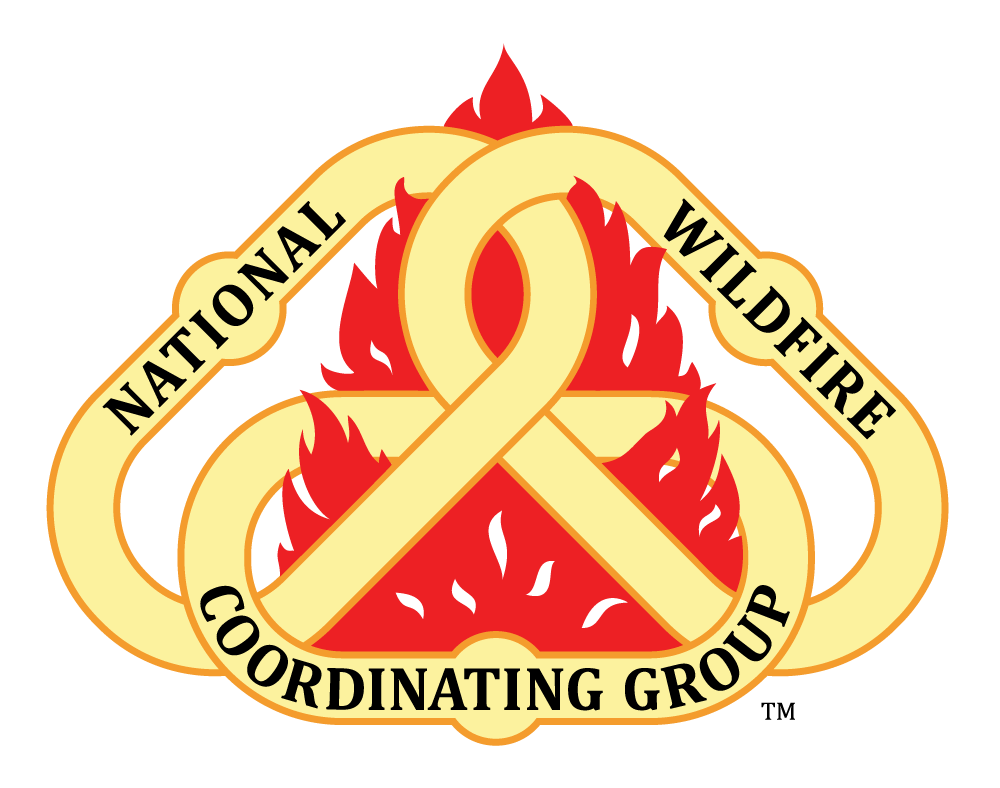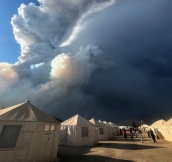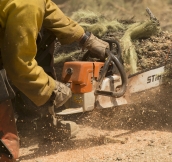
Continued from: Escape Routes Part 1 (Take 5@2)
Escape routes are the paths available to firefighters from their current location when exposed to danger to an area free from danger. There should always be more than one escape route available to firefighters.
Escape routes are probably the most elusive component of Lookouts, Communications, Escape Routes, and Safety Zones (LCES). Their effectiveness changes continuously. As firefighters work along the fire perimeter, fatigue and spatial separation can increase the time required to reach the safety zone.
The most common escape routes (or part of an escape route) include the fireline. On an indirect or parallel fireline, situations become more complex. Unless safety zones have been identified ahead, as well as behind, a firefighters’ retreat may not be possible.
- Discuss how you would judge the effectiveness of an escape route. Have you ever timed yourself using an escape route?
- Describe an instance when you were uncomfortably distant from your escape routes.
- Describe a method you have used to communicate the location of an escape route to your crews.
Also see: Escape Routes Part 3





